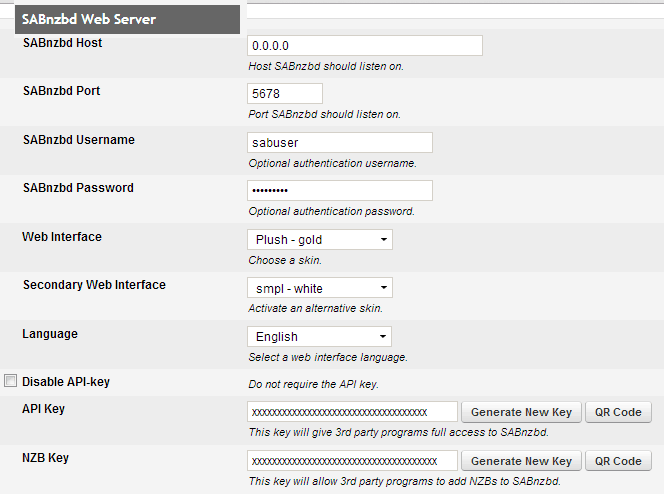
If you’re not using a syslog server or directory service, leave the last two options empty. Next on there are specific settings for your language, keyboard map and timezone. Set the HTTP-port to 80 and the HTTPS port to 443. The next option defines the address and port your Freenas-installation listens to set it to the IP-address the Freenas currently listens on. There are some more settings that you should know about and edit. If enabled, your server will ping the addresses in the IP list when it starts to check if a network connection is possible. If you want to, you can enable the netwait feature.

Since I use my server at home, I set the gateway and name server to the address of my router. There you can change the name of your Freenas, set the default gateway, name server and so on. Next on we have to edit the network settings. Now you’re done with the initial wizard and you should see this: The last step is to configure mail, which you can also skip for now. Skip the next step again, because we’re going to configure network shares later. If you already have one on your network, enter the details now, otherwise press skip again. The next step asks you to choose a directory service for authentication.

In the next step you can create a pool, but press skip, because we’re going to create one later.

After opening it, you’re presented with the installation wizard.Ĭhoose your preferred language, timezone and key mapping, then press next. The URL is a local IP-address, which is shown when Freenas has finished starting. After starting the server and waiting some minutes Freenas is available under a web-front end.


 0 kommentar(er)
0 kommentar(er)
